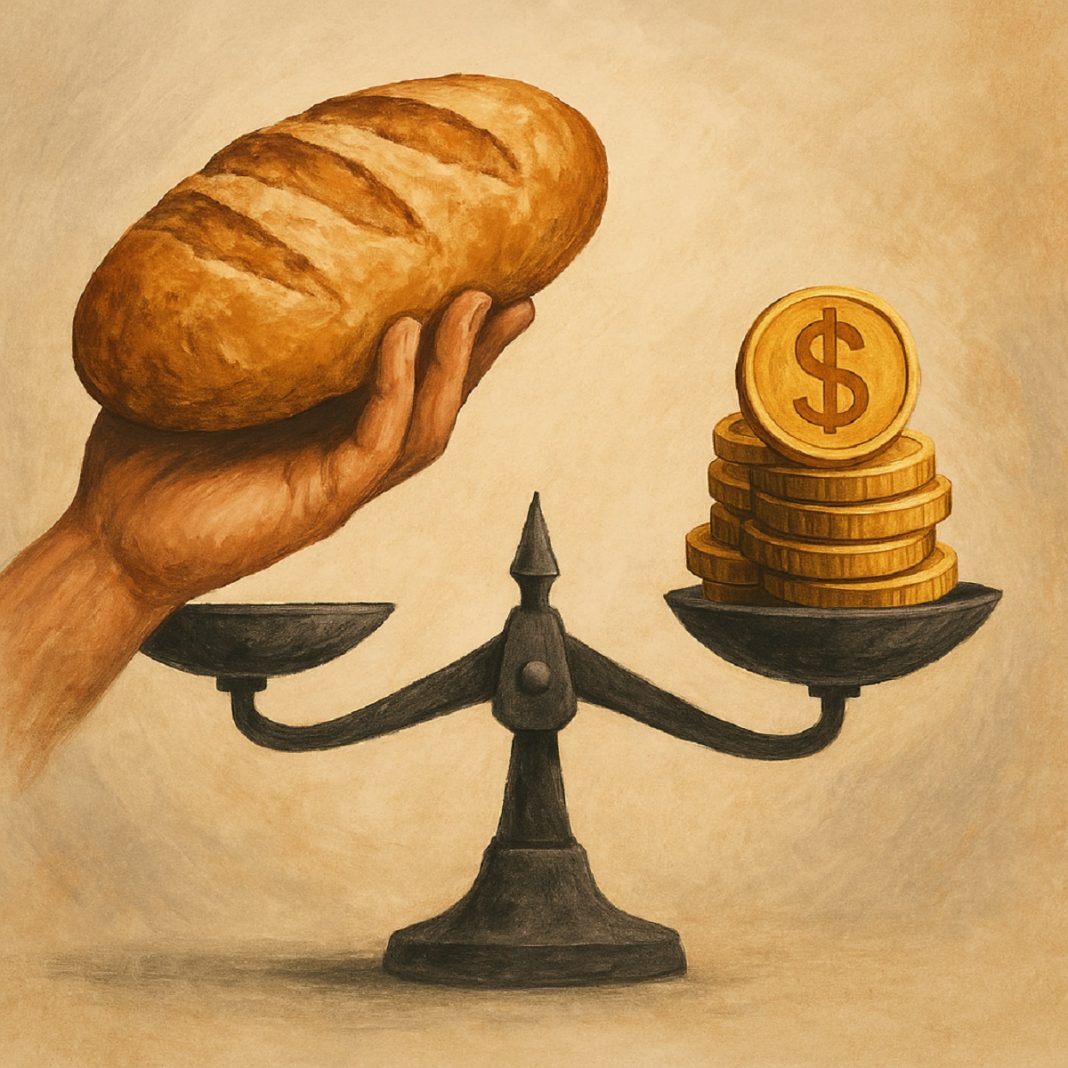Gabriel G Tabarani
Iran is approaching a hinge moment. For the first time in a generation, a looming leadership transition coincides with a crisis of capacity and confidence. The recent war that exposed gaps in Iran’s air defenses—and triggered U.S. strikes on nuclear infrastructure—did more than bruise the regime; it punctured the carefully cultivated myth of invulnerability. What follows will not be decided by slogans but by who can actually run the country. After 45 years of revolutionary dogma, competence may be the most radical idea on offer.
The potential futures often sketched for post-Khamenei Iran borrow from other political trajectories: Russian-style strongman rule, Chinese-style pragmatism, North Korean isolationism, Pakistani militarism, or Turkish majoritarian populism. None is predetermined; all are risky. The decisive inputs are institutional: the security services’ cohesion, the clerical establishment’s residual authority, the stamina of an exhausted economy, and the ability—or refusal—of elites to trade dogma for delivery.
The case for guarded optimism rests with Iran’s people. They are educated, globally connected, and tired of being micromanaged in dress, entertainment, and love. The most popular demand is not “Death to” anyone; it is zendegi-e normal—“a normal life.” That desire will shape any new order. Yet history warns that ideologies rarely melt into liberalism. They more often collapse into cynicism and a replacement authoritarianism that steals nationalist symbols while discarding the old creed. Iran is not immune to that gravitational pull.
Consider the “Iran as Russia” path. When Soviet communism failed, it did not yield a civic renaissance but Putinism: a fusion of security elites, oligarchic capitalism, and grievance nationalism. Iran’s analogue would be an alumnus of the Revolutionary Guard or intelligence services who swaps Islamist rhetoric for an aggrieved, muscular nationalism. He would promise dignity, order, and the restoration of Iran’s rightful status while preserving the tools of repression, proxy warfare, and nuclear brinkmanship. This scenario is plausible because the IRGC already bestrides the economy, foreign policy, and domestic security. Remove the clerics and you do not remove coercion—you consolidate it.
A “China option” is more attractive to many Iranians but harder to execute. A Deng-like pivot would require de-escalation abroad, normalization with Washington, and a decisive shift from revolutionary zeal to technocratic competence at home. Even if a successor tried, could he sell it to a security-industrial complex fattened by sanctions and smuggling? China’s bargain—growth for obedience—worked because hundreds of millions were lifted from poverty. Iran’s rentier economy cannot replicate that windfall quickly, especially after years of capital flight and institutionalized cronyism. Attempt the pivot without fast, tangible gains and the regime could alienate its base while failing to win the middle.
“Iran as North Korea” is both lurid and unlikely. A hereditary or hard-line clerical succession would demand intensified repression and a rush to a nuclear deterrent. But Iran cannot hermetically seal itself: it sits within range of adversaries who have repeatedly demonstrated reach into its most protected precincts. The country’s youthful demography and vast diaspora make total isolation fantasy. This model might prolong clerical rule, but only by accelerating public alienation and economic decay—conditions that ultimately hasten collapse.
The Pakistan analogy—an “army with a country”—may be closest to the system’s internal logic. The IRGC could allow unrest to ripen, then present itself as the indispensable guardian of order, rebranding as the steward of a purified Iranian nationalism. That would formalize an existing reality: a security-business conglomerate that controls borders, missiles, media, and much of the economy. Yet the Guards’ legitimacy problem is severe. Many Iranians view them less as patriots than predators. To make an IRGC-first order durable, a new cohort would have to distance itself from Khamenei-era dogma and corruption, deliver basic services quickly, and curb the appetite for adventures abroad. That is conceivable—but fragile, hostage to oil prices, sanctions relief, and the regime’s capacity to police itself.
What about elections? The Turkish model suggests a path where popular mobilization produces a ballot-box mandate that ultimately entrenches a new majoritarian authoritarianism. For Iran to get there, it would need to dismantle clerical veto points—the Supreme Leader’s office and the Guardian Council—fold the IRGC into a professional military, and empower local councils. Those councils are a hidden asset: “dual-use institutions” that can midwife democratic habits if given oxygen. Yet the same populist energies that could topple clerical rule can also canonize a new strongman. Beware the leader who promises both bread and grandeur; he may deliver neither and keep the baton.
What should outsiders do? First, temper the conceit of control. Iran’s future will be decided in Tehran, not in foreign capitals. External pressure can shape incentives; it cannot substitute for indigenous organization. Second, invest in people rather than factions: broadband, scholarships, independent media, and visa pathways will outlast the rise and fall of “moderates” and “hardliners.” Third, keep the nuclear file important but not all-consuming. Preventing weaponization is vital, but a purely nuclear lens rewards extortion over evolution and blinds policymakers to the social transformations already underway.
Finally, center policy—foreign and domestic—on the demand most Iranians actually make: competent, accountable government that restores economic dignity and gets out of their private lives. The measure of progress will be modest, not utopian: electricity that stays on, water that runs, air that clears, money that holds value, courts that restrain the state, and laws that stop policing hair and hearts. Deliver that and Iran might finally begin to earn the “republic” in its name. Fail, and the country risks another revolution that merely swaps turbans for uniforms—a Strongman Spring that promises renewal while rehearsing decline.
In other words, the choice before Iran is not between West and East, Islam and secularism, resistance and capitulation. It is between a politics of grievance and a politics of competence. The post-Khamenei order—whatever form it takes—will endure only if it can deliver the basic normalcy Iranians have long demanded. That is a low bar by global standards. In today’s Iran, it would be revolutionary.
This article was originally published in Arabic on the Asswak Al-Arab website


